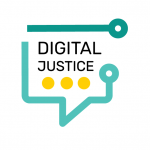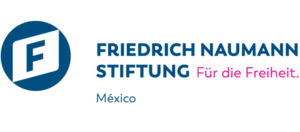Methodological note
The good practices presented in this section were classified according to the procedural moment in which they intervene. Therefore, three large blocks were created: Activation of justice, conflict processing and decision and execution of judicial decisions.

Activation of justice
This phase includes the tools that have been implemented to allow citizens and lawyers to electronically request the intervention of the courts in the resolution of conflicts of a different nature.
These tools meet some of the following characteristics:

They are platforms that allow online dispute resolution using alternative dispute resolution mechanisms.

Strategies to allow the digital presentation of lawsuits and promotions, but which do not necessarily imply that the entire judicial process is carried out entirely online. It is important to mention that the judicial powers have used different denominations to refer to these strategies that may not be consistent with each other (some of them are electronic court, virtual judicial office or virtual filing office).
Conflict processing
Conflict processing includes those strategies to organize and make the justice system more efficient through technological tools.
This section is subdivided into three sections:

Tools to ensure communication between the parties: They allow the parties or third parties to become aware of any action within the judicial process such as information on the online judicial process and the electronic file.

Tools to guarantee remote interaction with the parties. Some examples are hearings by tele or videoconference, telematic hearings, video link.

Tools to streamline work management and ensure it can be done: Some examples are the automated file management system and digital tools for tasks that are not directly jurisdictional.
Formulation and execution of sentences
The sentence formulation and execution stage include:

Tools used to support the judge in his decision making.

Tools that, although they can intervene in the two previous stages, extend until this last stage. An example of this is online trials or courts where the entire judicial process is carried out online, including the formulation of sentences.
It is worth mentioning that online trials or courts included in this section are different from the tools included in the justice activation stage. This is because in online trials or courts the entire process is carried out remotely, unlike electronic tribunals or filing offices where only one party is carried out in this way (for example, those cases where only the reception of lawsuits and promotions is enabled by electronic means).

Tools that facilitate the execution of sentences. Some examples are electronic warrants or the use of electronic transfers for the receipt and payment of alimony.
This website has been created with the support of Tinker Foundation, United States Agency for International Development, Center for International Private Enterprise, and Friedrich Naumann Foundation for Freedom. The information presented on this page is not official information from the United States Government, and does not necessarily reflect the views or position of the aforementioned organizations. Its content is the exclusive responsibility of México Evalúa, Center for Public Policy Analysis.








